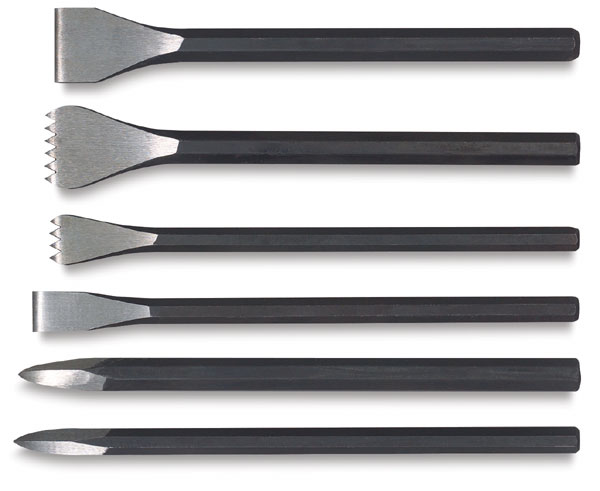Coach Stevo's Razor
 Wednesday, September 7, 2011 at 3:10AM
Wednesday, September 7, 2011 at 3:10AM  Coach Stevo Fun Fact: I majored in the Philosophy of the scientific method at the Univerisity of Chicago, a school that in 1945, pulled out of the Big 10 Conference because football was too much of a distraction. What did I learn from this eduacation?
Coach Stevo Fun Fact: I majored in the Philosophy of the scientific method at the Univerisity of Chicago, a school that in 1945, pulled out of the Big 10 Conference because football was too much of a distraction. What did I learn from this eduacation?
Science is fun. Ok, football is probably more fun, but science is arguably more useful. Unless you’re interested in making money, making friends, or having sex. Then it is far less useful. But it is definitely better than football for understanding how the world works! For example, one of the most important devices in the philosophy of science is called a “razor.” It’s a logical device that shaves away unlikely explanations for a phenomenon until you are left with the correct answer. Kinda like how Dr. House comes up with the correct diagnosis but not before being fully convinced that it’s lupus (Hint: it’s never lupus). The most famous razor is Occam’s Razor which is translated as, “all things beings equal, the simplest explanation is probably the correct one.” Fancy, huh? Well today we are going to learn about Coach Stevo’s Razor. It’s a lot like Occam’s Razor except no one has ever heard of it and it was inspired by instructions on the back of an antacid bottle.
Stating the Obvious
 The other day my sister-in-law posted this picture on Facebook. It’s the back of an antacid bottle with “Tips for Managing Heartburn.” The penultimate suggestion is nothing but pure genius:
The other day my sister-in-law posted this picture on Facebook. It’s the back of an antacid bottle with “Tips for Managing Heartburn.” The penultimate suggestion is nothing but pure genius:
“If overweight, lose weight.”
Seriously people, that sentence is so full of truth I think I need an antacid just reading it. In the short time I’m been making people sweat professionally, I’ve had dozens of clients. That means I’ve asked dozens of people what their fitness goal was. I’ve only ever had one client not tell me, “fat loss” and she was lying. Most people are fatter than they want to be but the thing that stops people from losing literal weight is most often figurative weight. Too many choices, too many distractions, too many pressures, too many bad days and too many bad influences lead to too many donuts. Everyone knows how to lose literal weight. Eat less; move more. People hire me to help them cut the figurative weight. Coach Stevo’s Razor is how I help them.
Coach Stevo’s Razor
That which is done is superior to that which is not.
Let’s look at two identical twins, Sherri and Terri, who both need to lose 10 lbs. Sherri frets and researches the best way to do lose the weight. She talks to everyone she knows about exercise, reads 4-5 diet books, and spends hours at work on internet message boards learning everything she can about losing 10 lbs as quickly as possible. Terri, on the other hand, cuts down on some sweets and starts doing some exercise. Nothing special, she just goes to the gym every now and then and tries out a bunch of different stuff. Let’s look at the results a year later:
Sherri: Gains another 3 pounds.
Terri: Loses 1 pound.
I know what you’re going to say: “A pound of fat loss in a year?! That’s nothing!” And you’re almost right. Terri’s program was haphazard and inconsistent. She could have certainly lost all 10 pounds in a fraction of that year if she stuck to Coach Stevo’s Ticket to Hotness. But look again. Terri might have lost only a pound of fat, but she held off the other 3 pounds that Sherri gained. In a year, that’s a net of 4 pounds of fat that she lost. And here is an example of Coach Stevo’s Razor: any change was much better than no change.
If you look at fitness magazines or on fitness websites, you’ll see the words “optimal” and “most effective” thrown around a lot. But in the real world, the control group is doing nothing and doing anything that moves you towards your goal is worth your time. Can I write you a program that will result in you reaching your ultimate hotness potential? Sure. I can write it. But the program that gets you there is the program that you actually do. It might be haphazard, it might be inconsistent, and it might have some dead ends (like Zumba). But if it keeps you moving and keeps you motivated, then you aren’t doing anything wrong. Doing something is always better than doing nothing.
Fear is Dead Weight
After years of accumulating bad habits and shame, taking control of their lives and their bodies can be a daunting task for most people. But learning that there is almost no way that you can screw up frees you of a lot of figurative dead weight. With my clients, proper form is not optional and I go out of my way to help them learn the most objectively successful ways of training towards a particular goal. But in reality, training isn’t objective. I don’t judge someone who wants really wants to do cardio every day or really likes that this type of training or that type of training. In the end it’s all subjective because it’s your body. If your form is good and you know why you’re doing what it is that you’re doing, you’ll be fine. Just lighten up do something!
 Stevo | Comments Off |
Stevo | Comments Off |  Philosophy
Philosophy 






